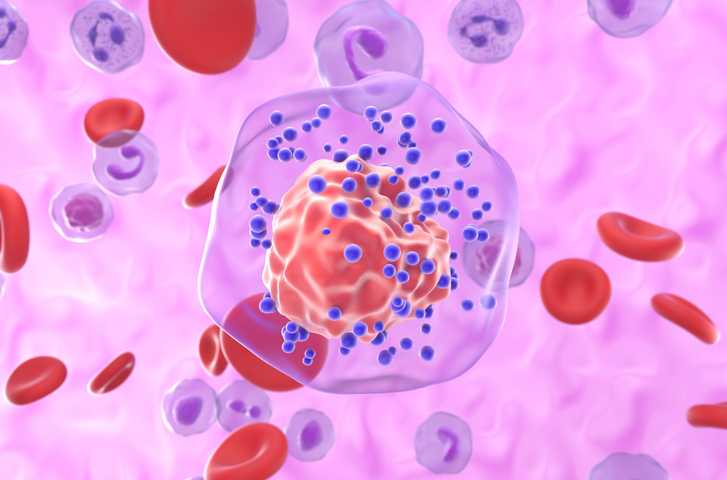
Screening patients between the ages of 25 to 30 for breast cancer using magnetic resonance imaging (MRI), with or without mammography, may attenuate the risk of mortality by at least half in female survivors of childhood cancer who previously underwent radiation treatment, according to a new study published in published in Annals of Internal Medicine.
“Surveillance with annual mammography and MRI is recommended for female survivors of childhood cancer treated with chest radiation, yet benefits, harms and costs are uncertain,” the research authors wrote in their abstract. In this study, Boston Children’s Hospital used data from the Childhood Cancer Survivor Study and two breast cancer simulation models from the Collaborative Intervention and Surveillance Modeling Network (CISNET) to estimate the benefits, harms, and cost-effectiveness of breast cancer screening strategies in childhood cancer survivors.
https://twitter.com/StemCellsITN/status/1280409621879029761
According to the results, beginning breast cancer screening at age 25 with annual mammography with MRI prevented the most deaths (56% to 71%) and annual MRI (without mammography) averted 56%to 62% of deaths compared to no screening. When costs and quality of life were considered, beginning screening at age 30 was preferred given commonly cited cost-effectiveness thresholds. The findings, the researchers concluded “underscore the importance of MRI in screening and suggest identifying effective policies and interventions to reduce barriers to screening should be priorities to ensure comprehensive and coordinated care for these high-risk survivors.”
Early screening may reduce breast cancer deaths by more than half in childhood cancer survivors.
— Imaging in Medicine (@ImagingMedicine) July 9, 2020
Early screening may reduce breast cancer deaths by more than half in childhood cancer survivors#breastcancer #cancer #cancersurvivor
For more information | ⬇️https://t.co/tFDcVfLZgz pic.twitter.com/xpLGo0tXhI
— CN1699 (@Cn1699) July 8, 2020







 © 2025 Mashup Media, LLC, a Formedics Property. All Rights Reserved.
© 2025 Mashup Media, LLC, a Formedics Property. All Rights Reserved.